|
These little needle books are so lovely to make. I made mine completely by hand but you could use a sewing machine for some aspects of it if you wanted to. I'd been wanting to make a hexagon shaped needle book/sewing case for a long time but couldn't find a way to make it that I liked. When I saw Naglaa's tutorial on her Instagram page for quilt as you go hexies, I suddenly thought about using it to make needle books. So please check out her tutorial as it will help you in making your needle book. To make a needle book you will need:
1. Make a hexagon flower using your preferred epp technique. Take a piece of your linen, fold in half and half again to find the centre. Place your hexagon flower in the centre and appliqué in place. Take care to have your hexagon with a point at the top and line the hexagon flower up with this point. 2. Add a running stitch around the edge to frame the flower and embroider a little flower in the centre if you wish, using a lazy daisy stitch and a French knot. 3. Create a quilt sandwich. Place your large, 2.75 inch cotton hexagon right side down and put the hexagon made from wadding or flex foam on top in the centre. Place your linen hexagon on top and ensure it is central. 4. Fold one edge of the larger hexagon inwards by about a quarter inch and press. 5. Fold it over again to overlap the linen and use a pin or a wonder clip to hold it in place. 6. Repeat for the other five sides of the hexagon, taking care to line up the corners to mitre them. 7. Use a blind hem stitch to sew it in place. 8. Now the front cover of the book is complete, layer up the remaining pieces of linen, wadding and cotton into a sandwich and repeat steps 4,5,6 and 7 to make the back cover. You can of course add a little embroidery detail to the back piece of linen first if you wish. 9. Now the front and back covers are done, put them together with the insides facing each other and join them together along the spine with a ladder stitch. 10. Fold your felt in half and place your 1.75 inch hexagon template, half an inch from the folded edge as in the photo above. Cut around the template. Unfold and you will have two "pages" joined in the centre. 11. Place it inside your needle book, lining up the points of the hexagons so they match, and stitch in place down the centre taking care just to catch the fabric from the needle book and not to stitch all of the way through. Your needle book is complete! The finished size is approximately 3.75 inches in diameter and 4.25 inches tall. Fill it with needles and pins to keep them safe. I hope you like this tutorial. If you make one and share it on Instagram, please tag me so I can see it! If you need any support in making one or have any questions please get in touch via instagram or using the contact form on the home page of this website. Happy sewing.
29 Comments
I'm going to tell you a little bit about my latest creation, a hexagon sewing set (for want of a better name!). Way back in April of this year, when I began to get really obsessed with hexagons and epp, I wanted to make a little hexagon needle book to keep my epp needles safe and seperate from other types of sewing needles. I couldn't find a pattern for a hexagon shaped case anywhere so I decided to make one up. I used my acrylic templates to cut two hexagons joined together to be the basic shape, but the finished result was disappointing. It didn't look accurate enough and the way I bound it with bias binding let it down. So I shelved the idea for a couple of months. Then I saw Naglaa's tutorial for quilt as you go hexagons on Instagram and a lightbulb went on, I could make a needle book using this technique! So I did and it worked. For the Beatrix Potter swap I made one for my partner and subsequently I made a few more. For those needle books I used interfacing and wadding inside and the result was really nice. The entire thing was stitched by hand and I really liked that, it felt like a nice little thing to make. But my mind had already starting wandering...could I make a sewing case too? A hexagonal one? So I gave it a go and I did it! I'm really pleased with how it turned out, even if it did take four attempts to sew the binding on! I ended up using a very unconventional method to attach it but it works and retains its shape which was very important. Instead of wadding, I used Pellon Flex-Foam inside and it is brilliant. It holds the hexagon shape perfectly and gives the case stability. I then went on the make a needle book to match and I used the foam here too and I'm really happy with the results. So this case is effectively a prototype. There are a few tiny tweaks to make but other than that I think I've cracked it. I love that the zipped pocket is big enough to store large hexie flowers and the other compartments fit the needle book, my matching pincushion and other tools and notions. I made pattern pieces for the sewing case as I went along just in case I wanted to make another one or maybe even turn it into a proper pattern one day. I think it is a customisable piece because instead of the half inch hexies I've put on the front, you could just put one larger hexie flower or even leave it plain to showcase your favourite fabric. Of course I had to add a little detail to the back too, and a really tiny hexie flower on the inside of course. So what do you think? Do you like my sewing case and the set of three pieces? I hope you do, please let me know in the comments.
After numerous requests, I've finally managed to create a little pattern/step by step guide to creating your own version of my mini quilt pictured above. As I created this a long time after actually making the original, it isn't as detailed a tutorial as I would normally create. I didn't have as many step by step photos as I would have liked to have included, but I hope that if you would like to, it will help you make your own version.
It has completely amazed me just how much people have loved this little mini quilt, my Gran would have been so happy if she could have seen it. I know there are a lot of people out there who would like to give this a go but were unsure as to whether it would be ok but you now have my permission to have fun and make this lovely design. A lovely lady called Marianne has already made her own version and it is beautiful. Thank you so so much again to everyone who has supported me in the epp journey I have been on this year. I hope this little free guide to making Mabel's Garden goes a little way to show just how grateful I am for all of you who read my blog and Instagram posts, you are all wonderful. I made the original using Hexiform shapes, but I've included a separate set of instructions for using paper templates instead. You can find the patterns here. And if you would like to read more about the original piece and the story behind it, you can find my original blog post here. Happy sewing! I'm currently working on a lovely pattern called Simple Sewing Folder by Lauren of Molly and Mama. The pattern is due to be released soon and I really recommend it. All of Lauren's pattern are beautiful but this one really spoke to me because of the embroidery. Over the years, I've tried lots of different methods of transferring embroidery designs to fabric, from heat transfer pencils to trying to print from my printer onto the fabric. But the method that works best for me is using a Lightbox and a water erasable pen. Clover very kindly sent me some water erasable pens to try so I thought I'd do a little review of them here. I only share products I really like and that I think you will like too. Clover make a thick and a fine pen. This is great because you have a choice over what sort of line you will need. I chose to use the fine pen and it was perfect for transferring this design. I taped the design to the Lightbox, placed the fabric on top and taped it down, switched it on and traced the design. The pen was very smooth across the fabric and I had the design transferred in no time! I've used other brands of water erasable pens in the past and it's always taken 2-3 washes with cold water to remove the lines. However, the Clover pen washed out on the first wash and I was delighted with the results. This design was a pleasure to stitch and now I can't wait to finish the sewing folder. What method do you use for transferring embroidery designs?
I’ve recently made a few changes to how I sew on my machine to combat two issues I was having. The first issue I was having was some trouble when sewing with Liberty tana lawn on my machine. The needle was dragging the corners into the machine because the hole in the stitch plate was so large (see left stitch plate below). This meant they were getting tangled in thread and the corners weren’t crisp or they would become jammed. So I invested in a straight stitch plate which has a much smaller hole (see right below). It cost me £20 which is quite a lot of money but I know I won’t be changing my sewing machine so I was happy to buy it. I’m so pleased with the results too! It has completely alleviated the issue I was having and now I can sew tana lawn with no problems. It’s actually really nice for all patchwork and it adds more stability when starting off at the corners when joining shapes so I’m really happy I finally purchased it. The next problem I’ve been having was generally inaccuracy when piecing seams. I feel fairly confident when hand sewing but when it comes to my machine, I was consistently disappointed with the results I was having. So I decided it was time to buy a quarter inch foot! I should have bought one a long time ago but I always try to make do with what I have. The foot has a guide on it that makes it really easy to line it up with the fabric and repeatedly create accurate quarter inch seams. Its also important to pin properly to ensure seams line up when joining rows. I press seams open and line them up, pushing a pin through the seam line on both sides. Making these little changes has definitely improved my accuracy. My seams aren’t perfect but I’m much happier with the results. Have you got any top tips for accurate sewing? Please share any you have in the comments below.
|
Follow me on InstagramAbout the Author
My name is Emma and I love all things sewing, especially EPP. My little blog is the place where I document what I'm making. I hope you enjoy reading what I'm up to! All opinions are my own and I only share things that I think you will love. Thank you for taking the time to stop by. Archives
September 2023
Categories
All
|
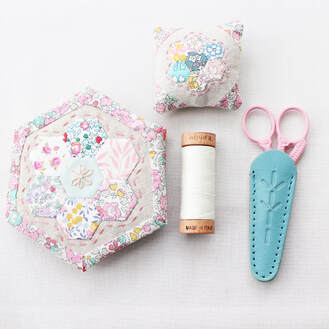
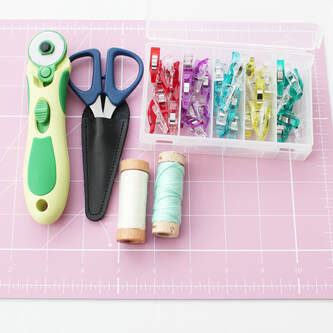
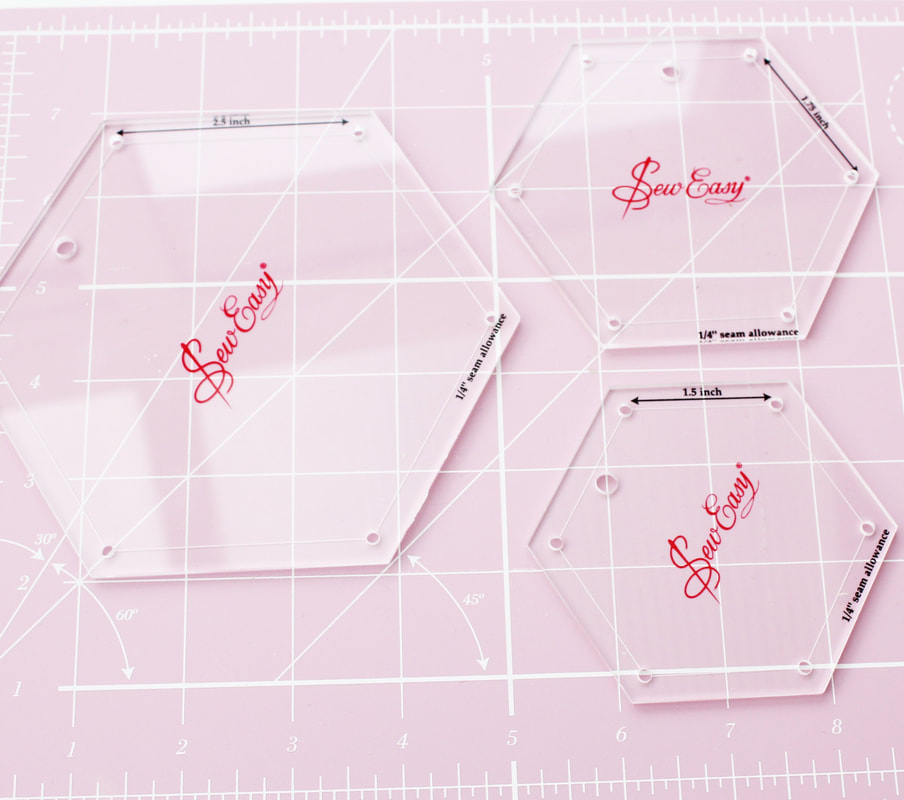
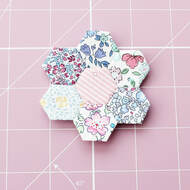

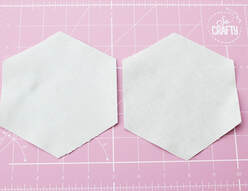
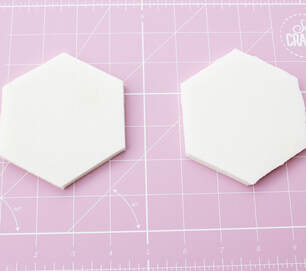

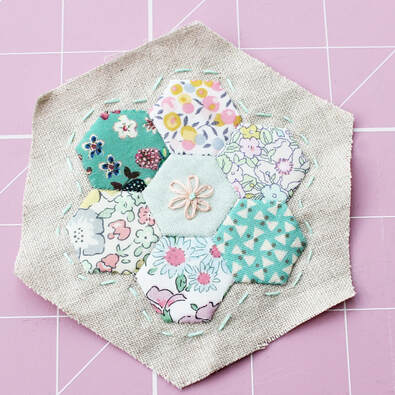
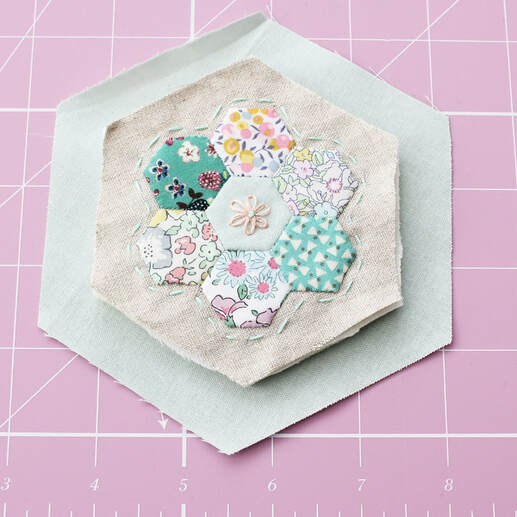
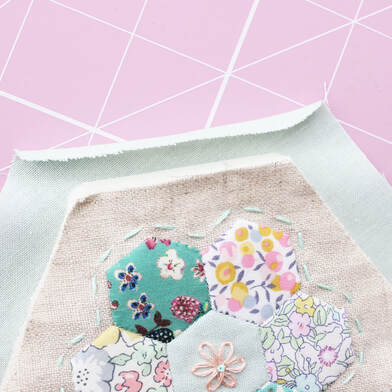

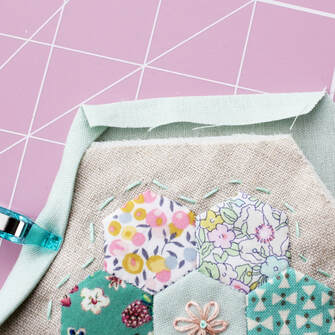

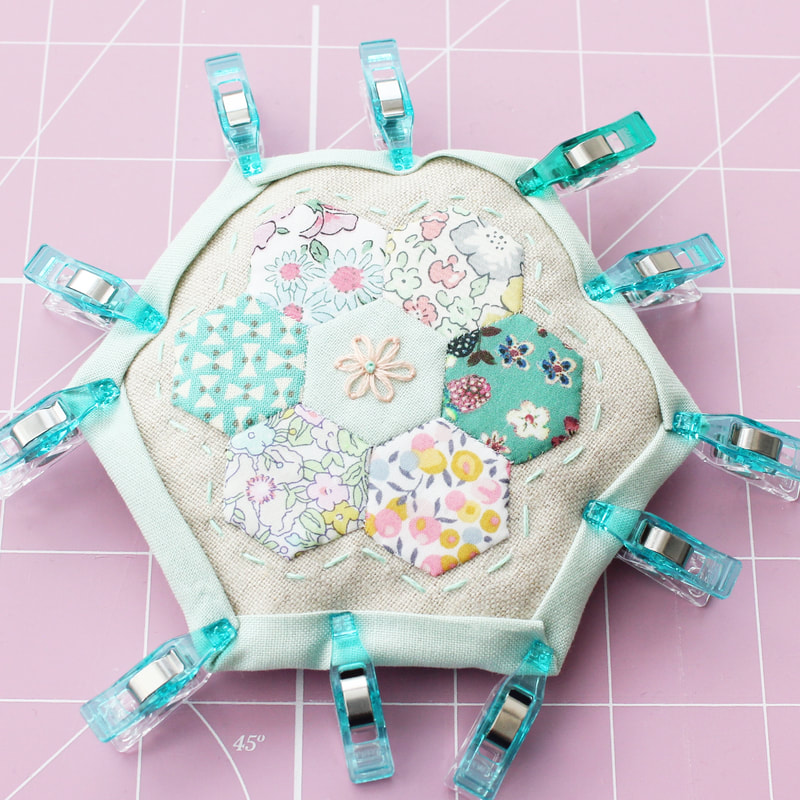
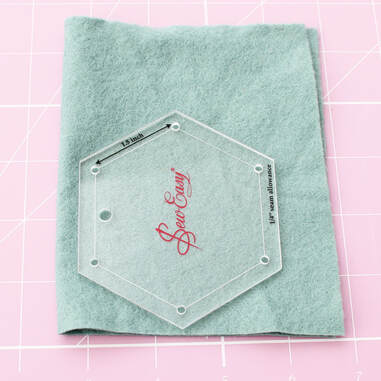

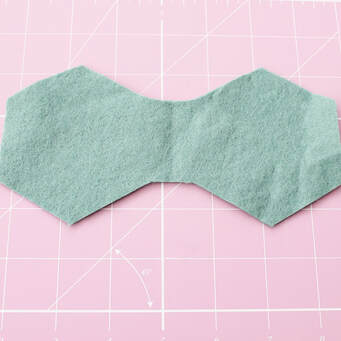

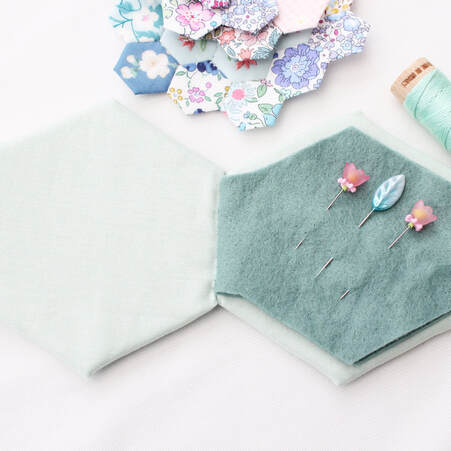

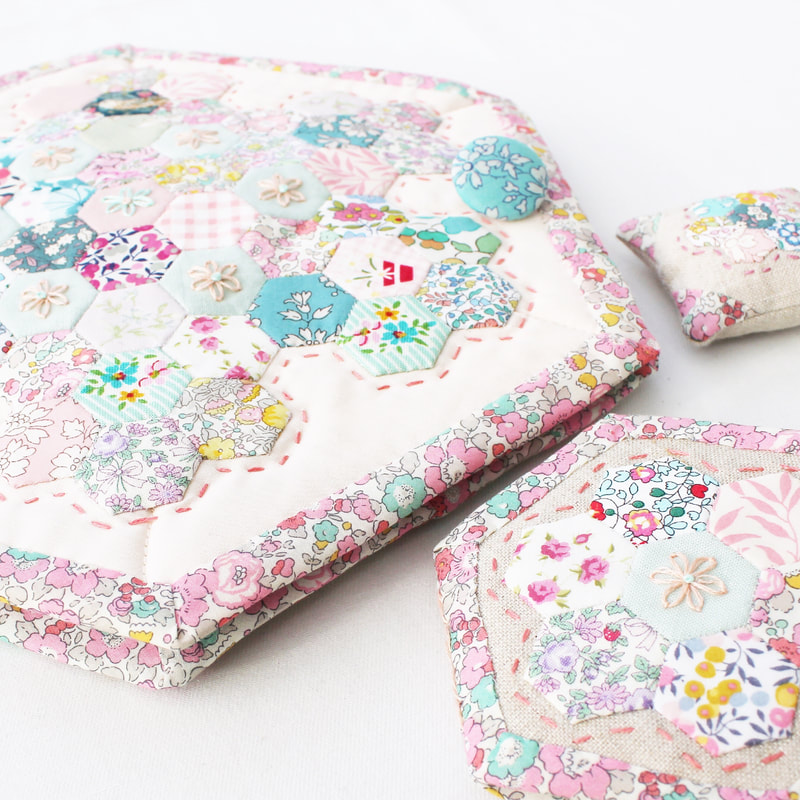


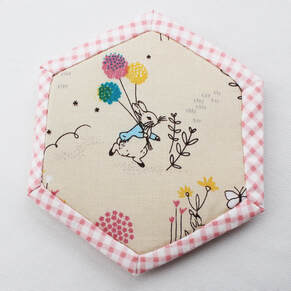



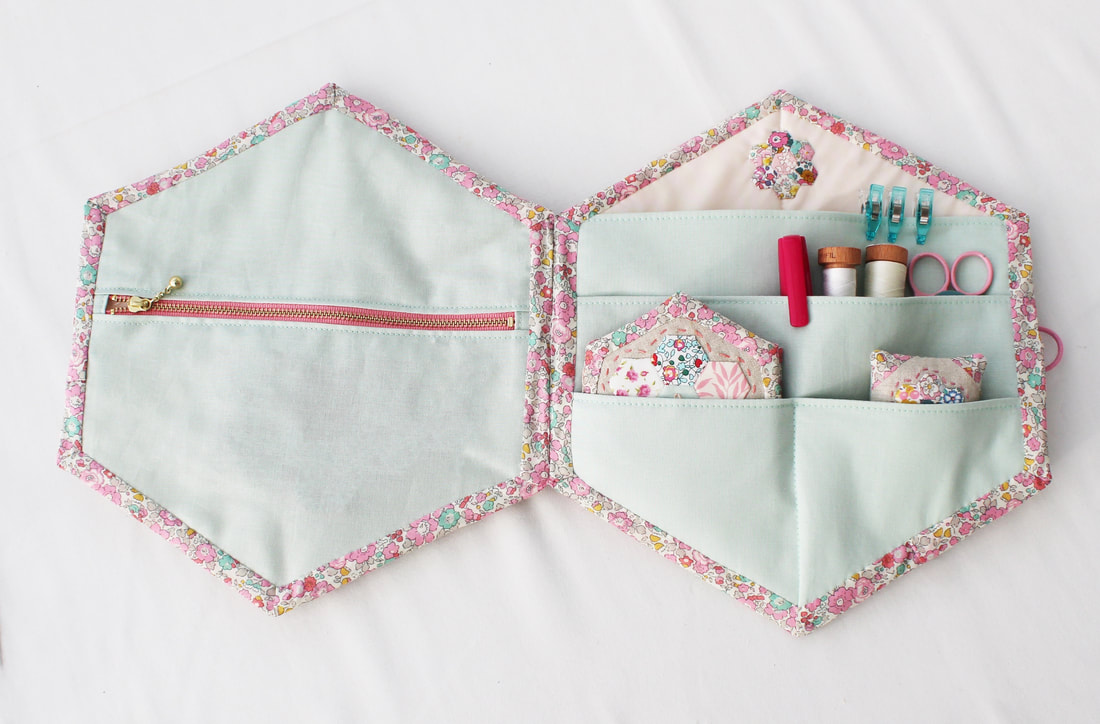
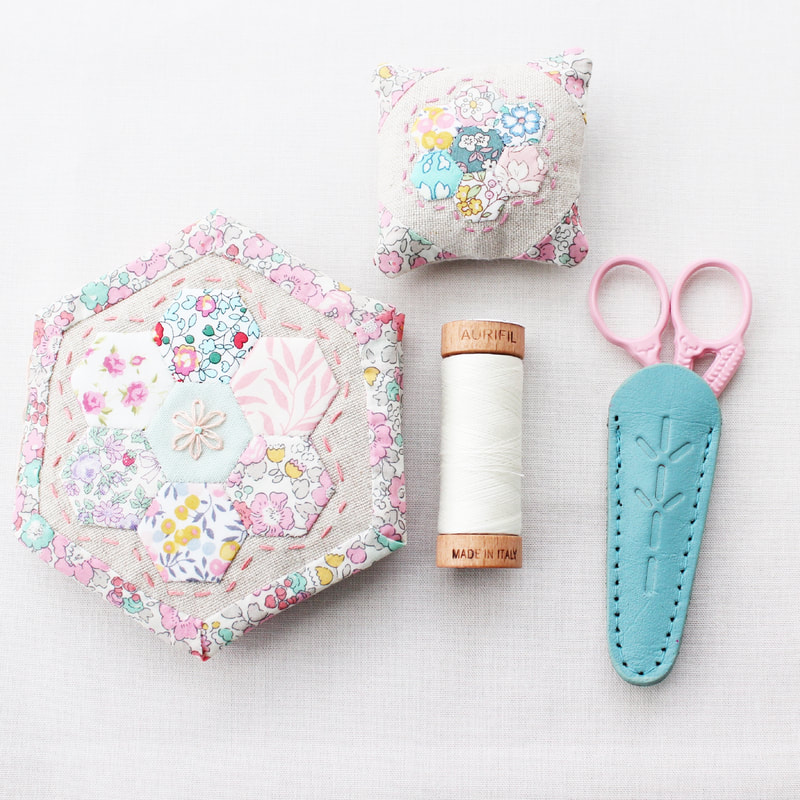
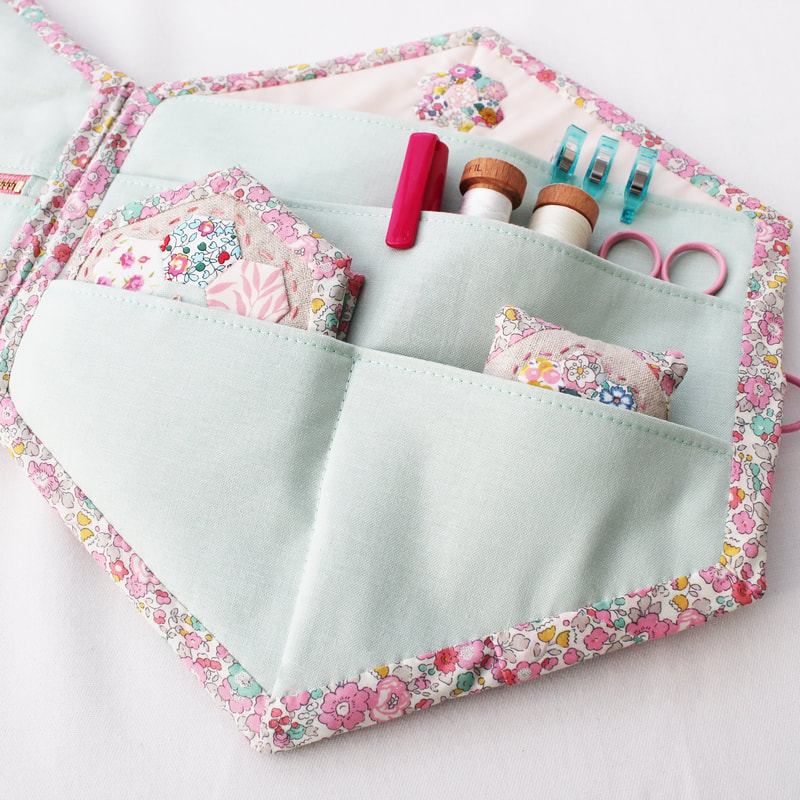
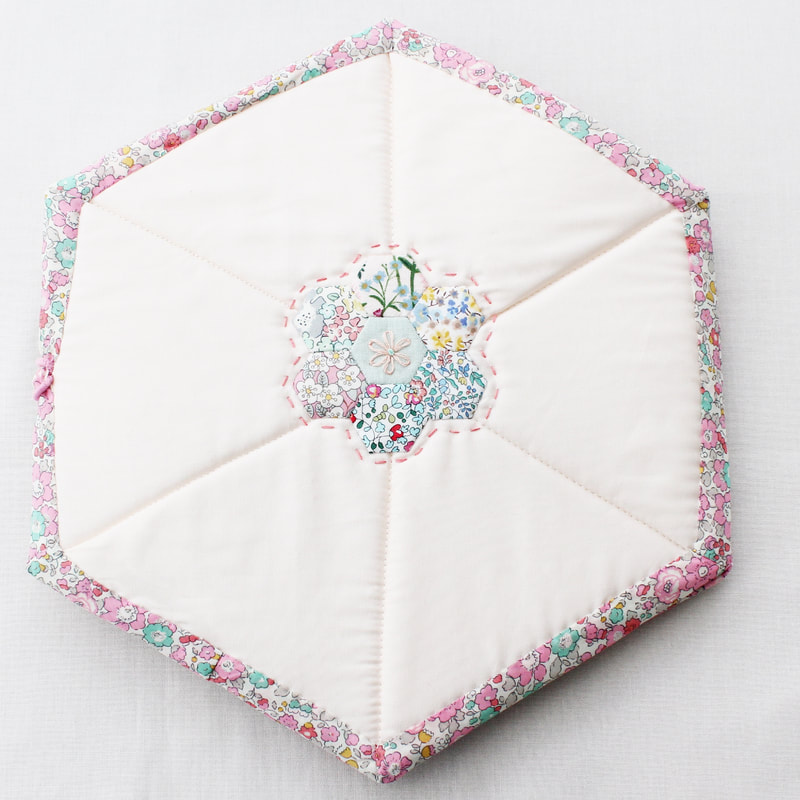
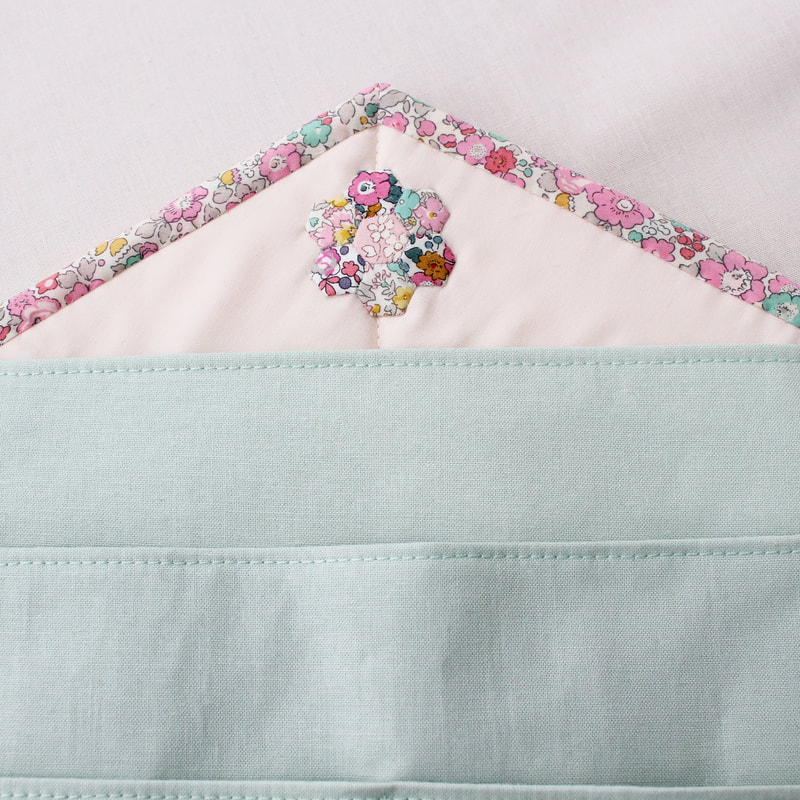
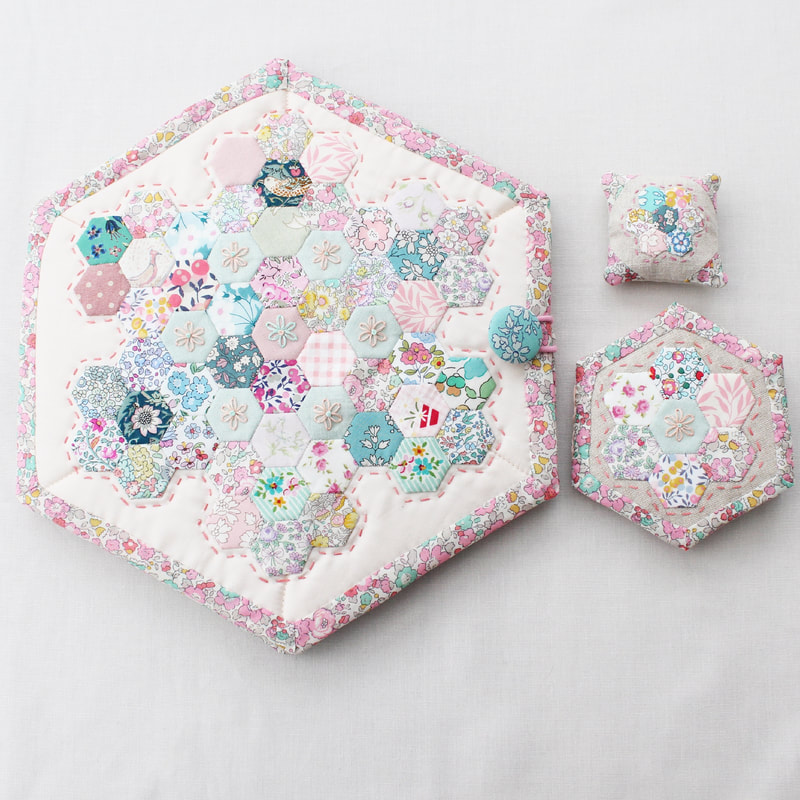
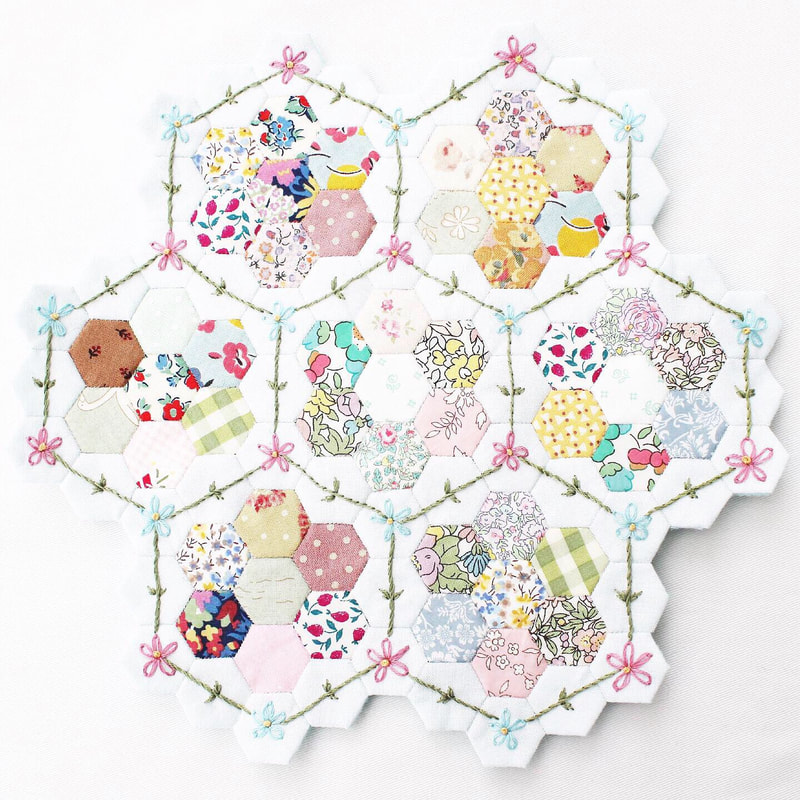
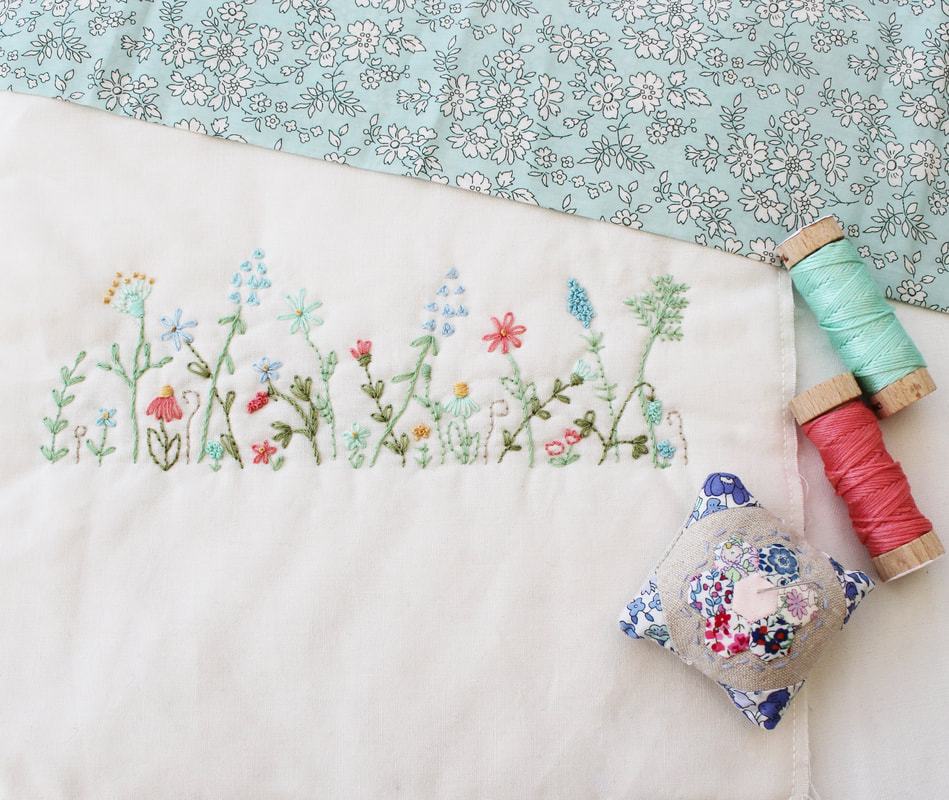
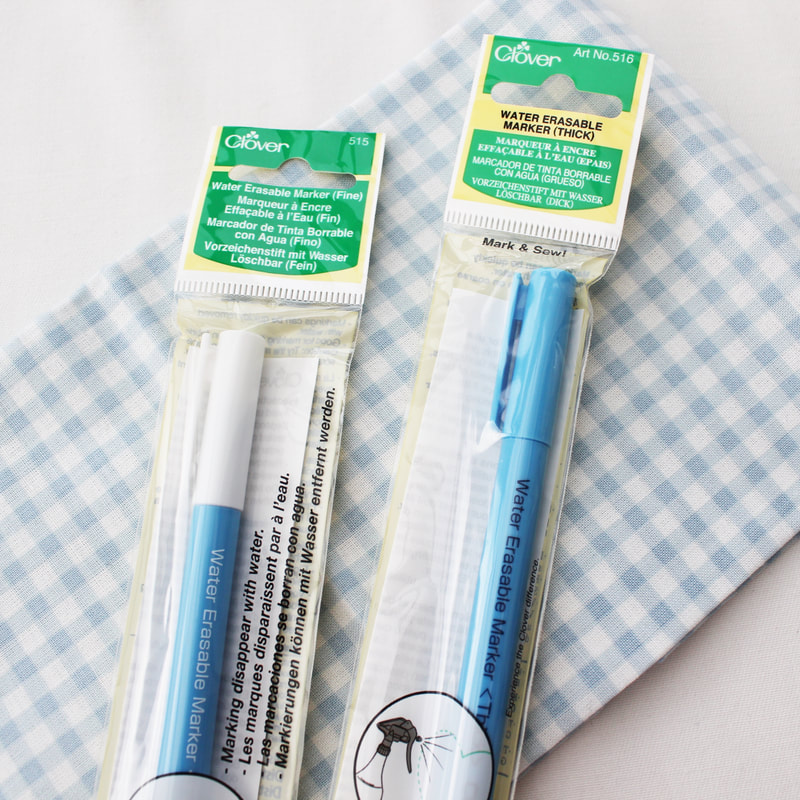


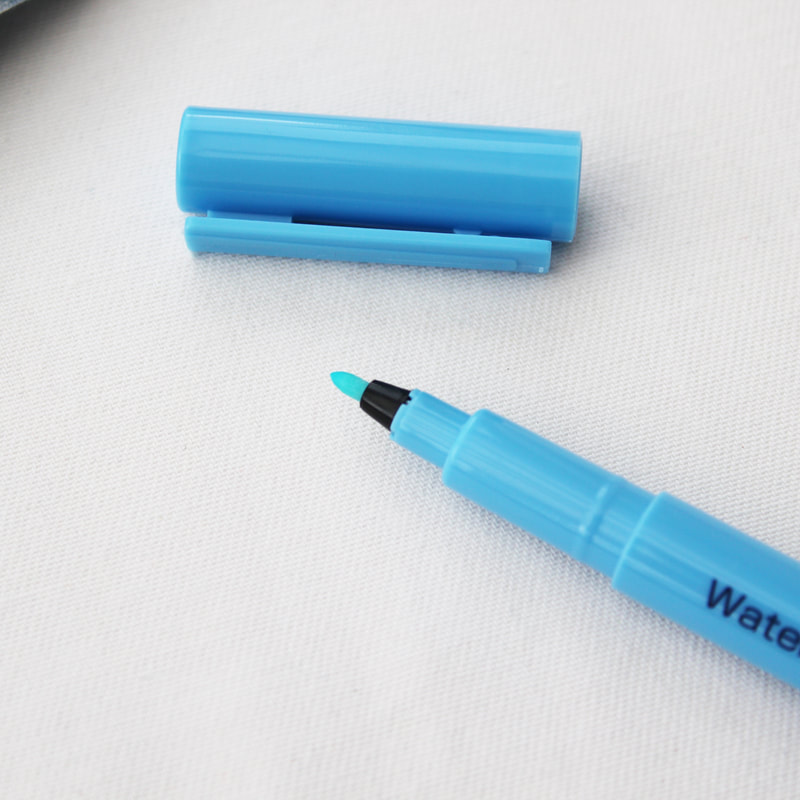
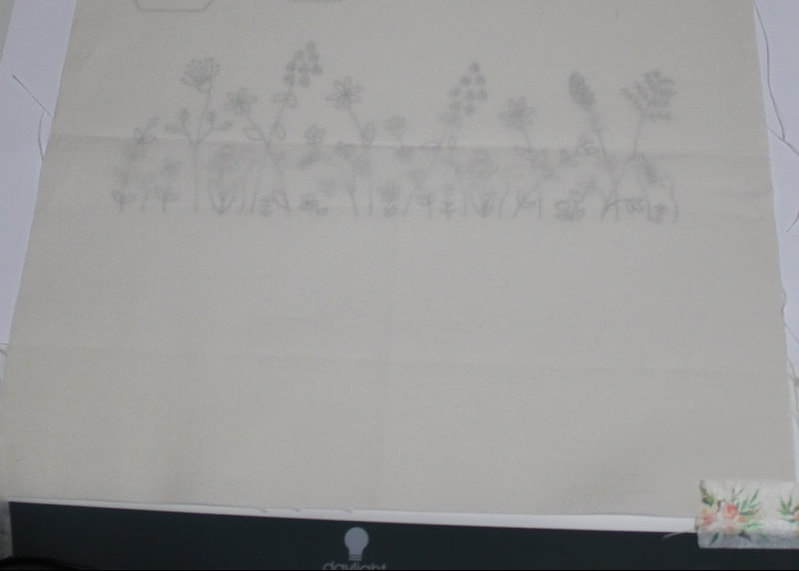

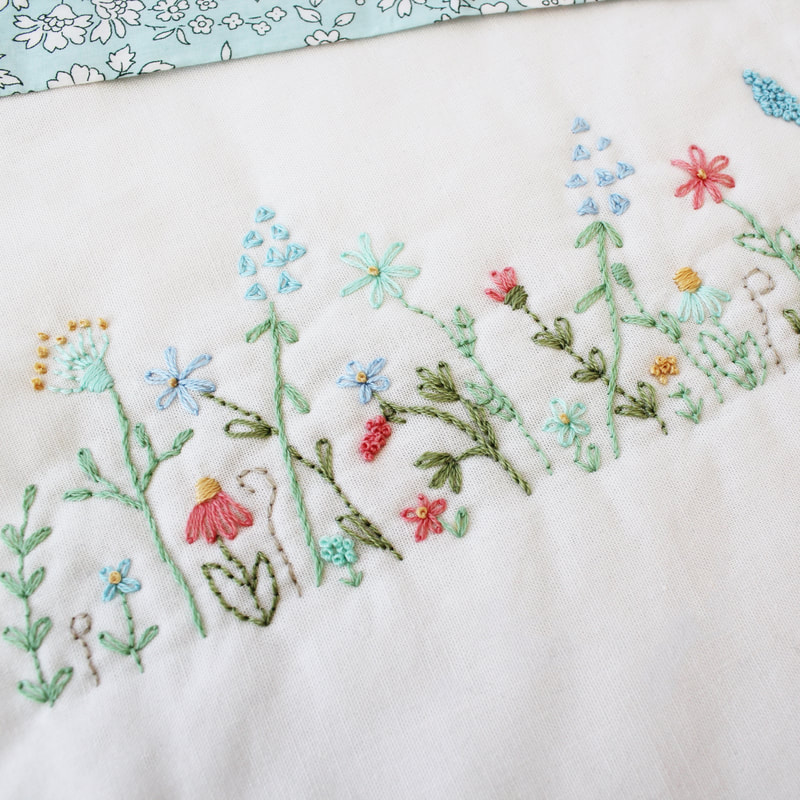

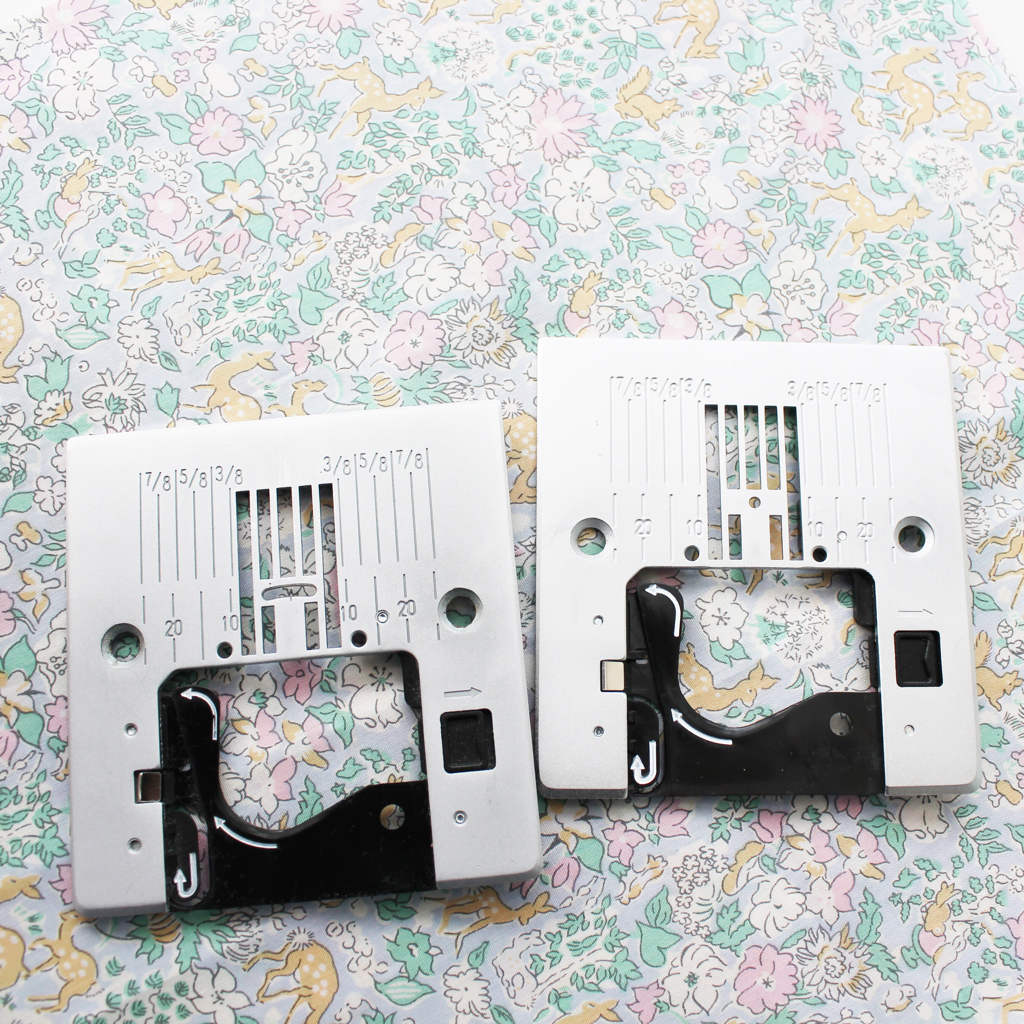

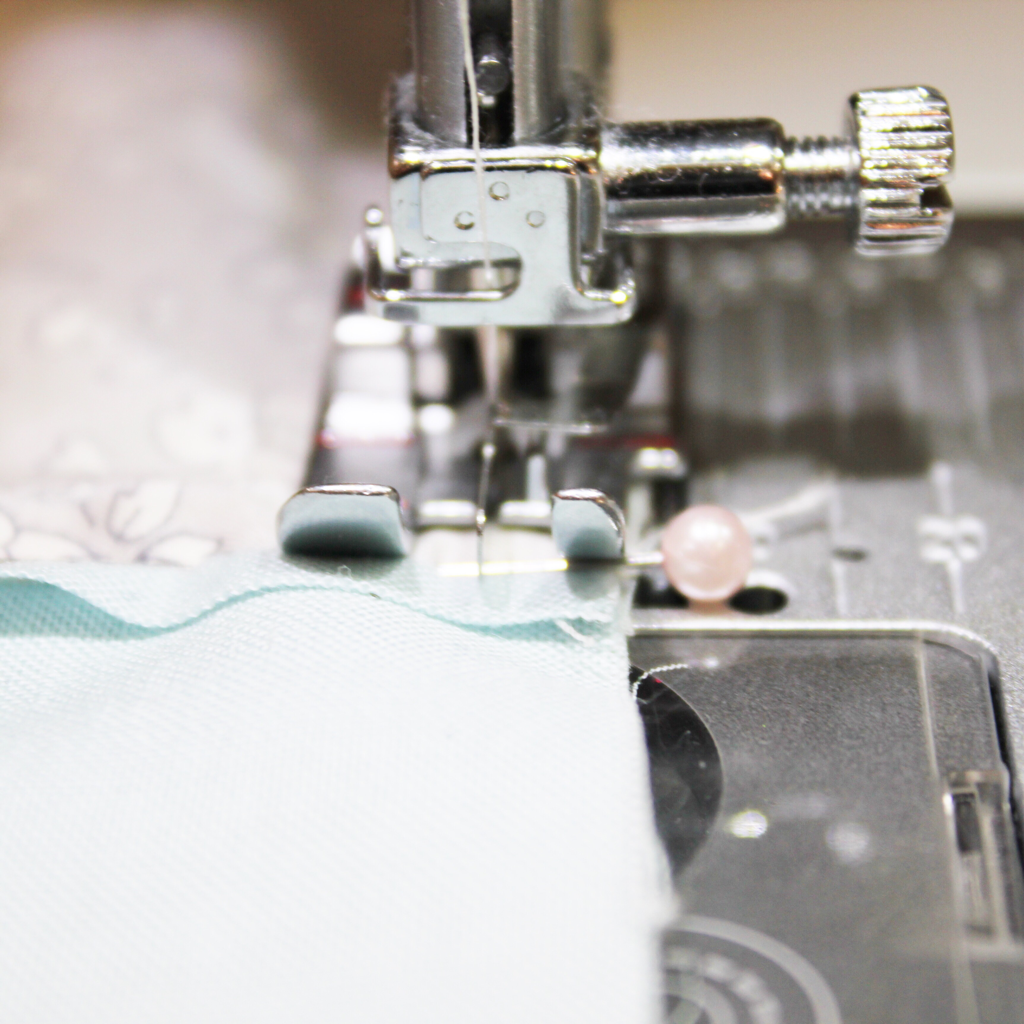
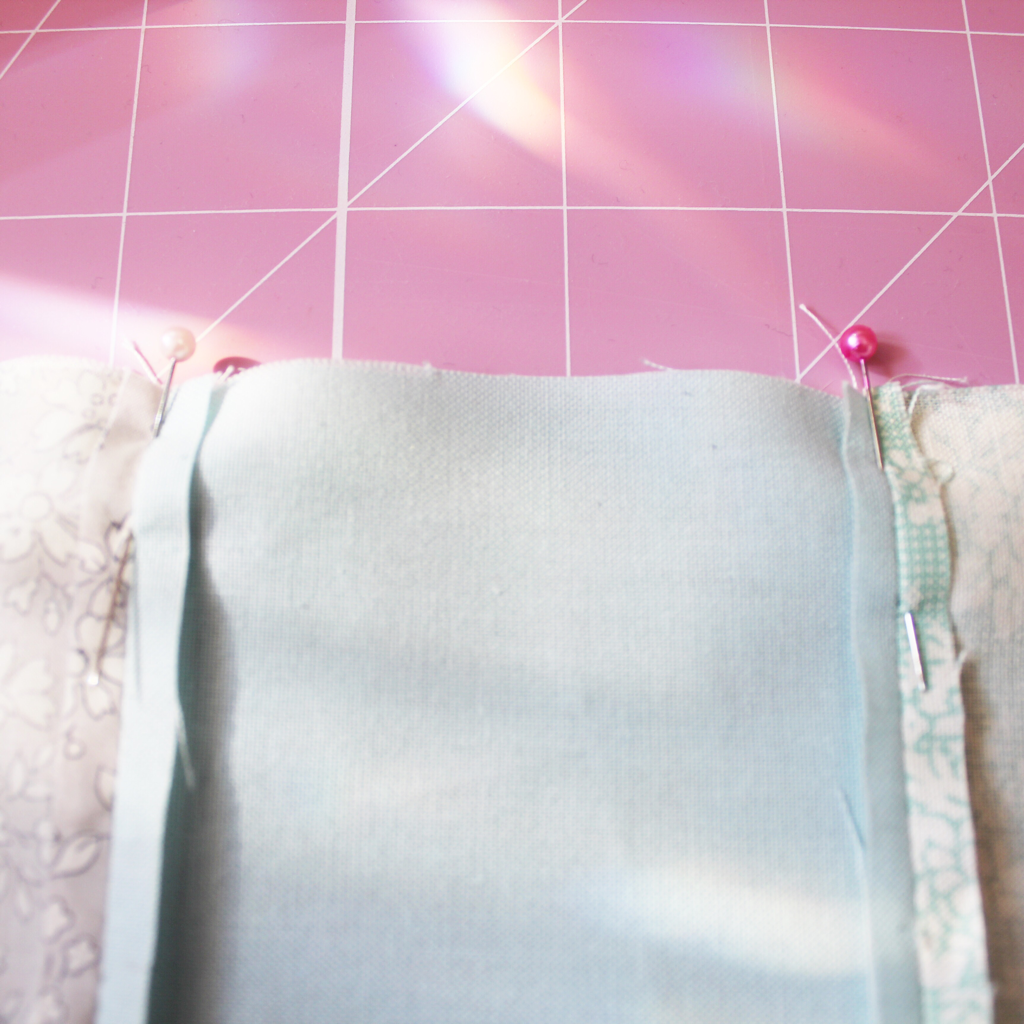
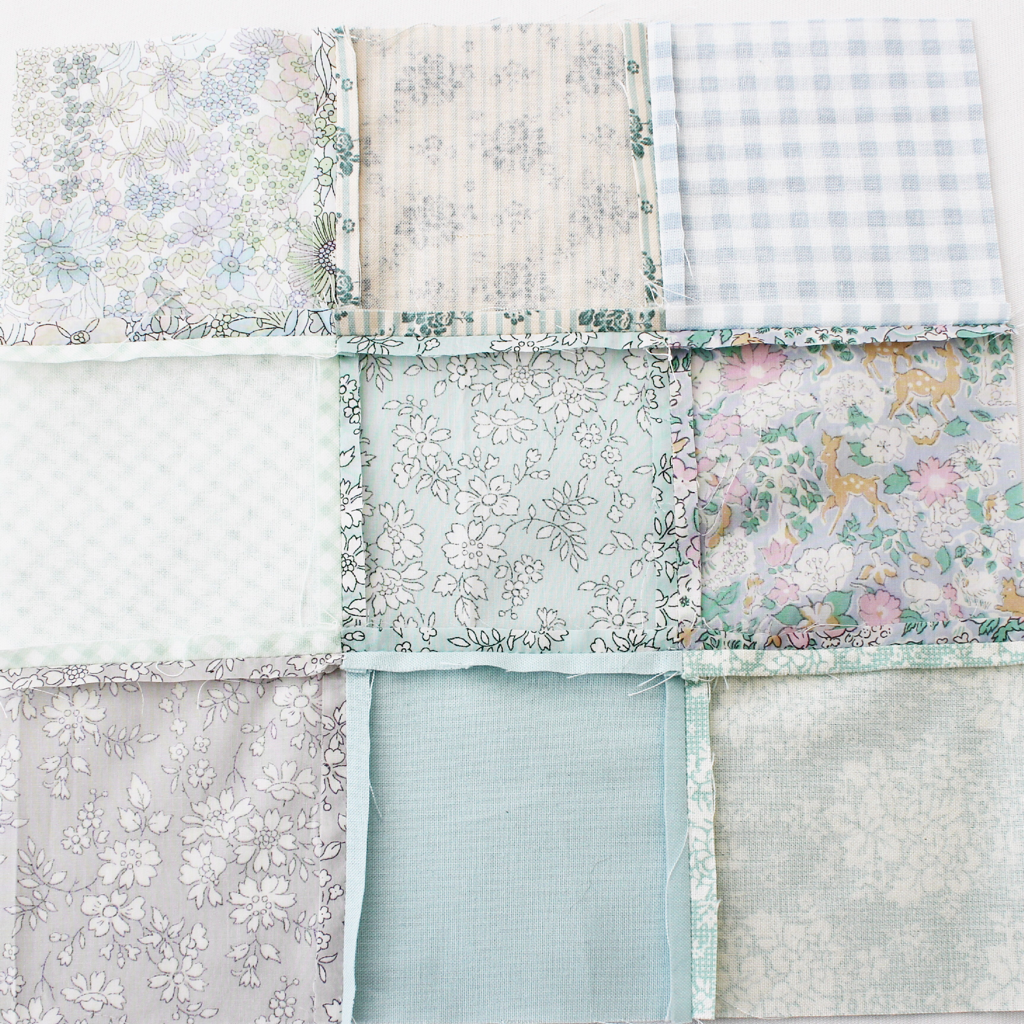
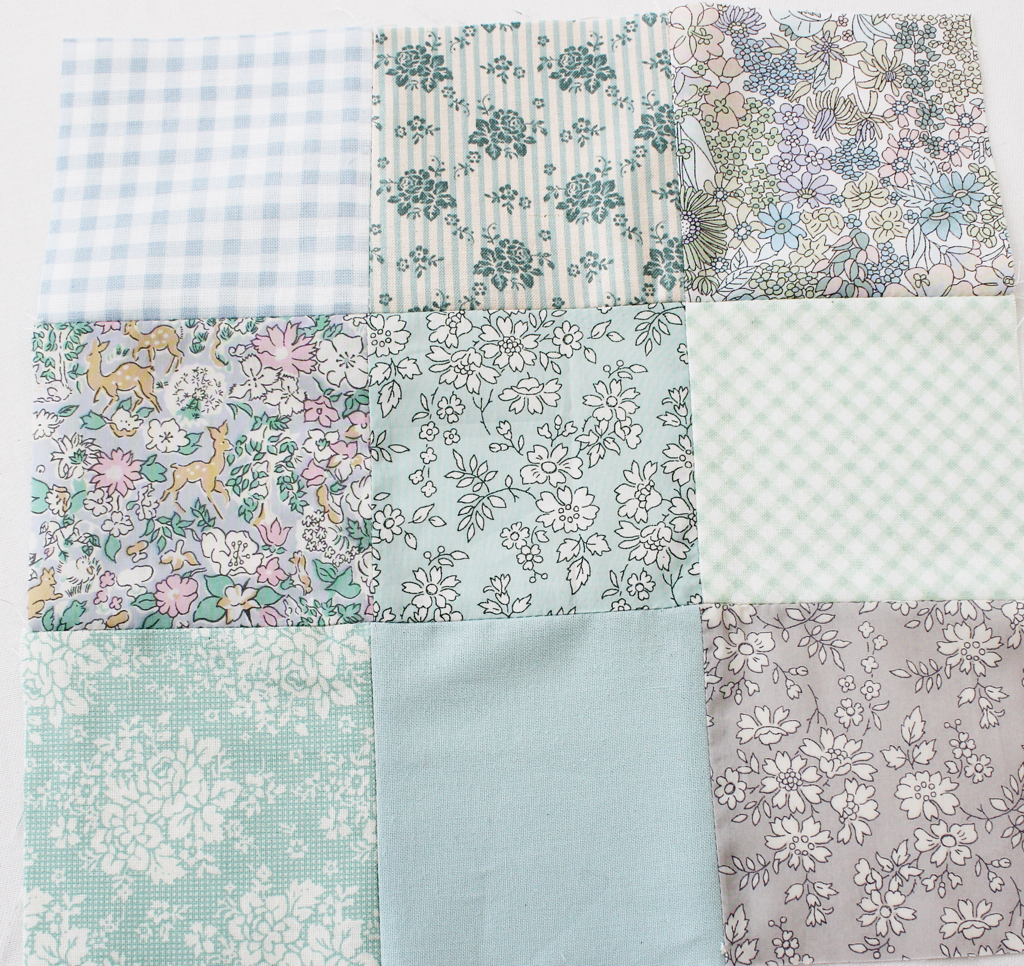

 RSS Feed
RSS Feed